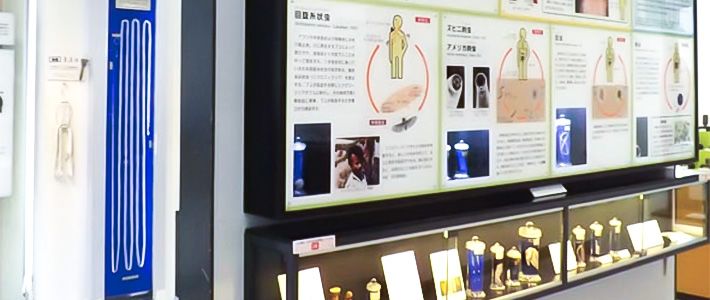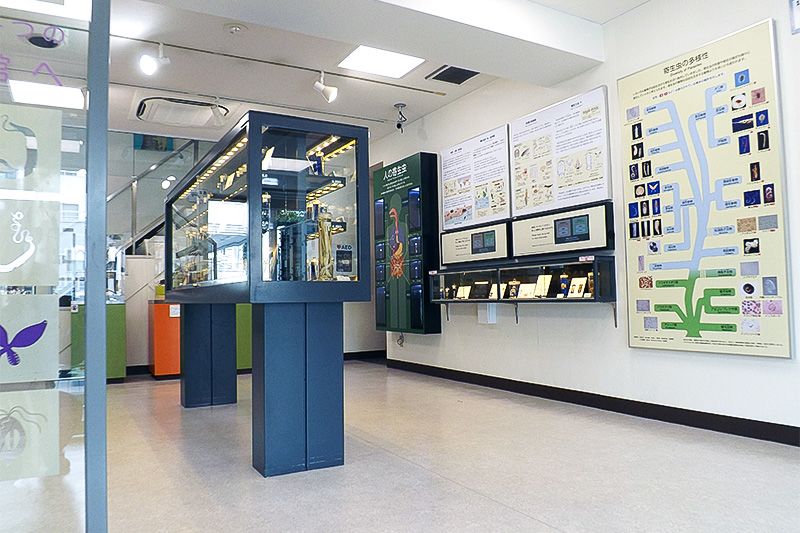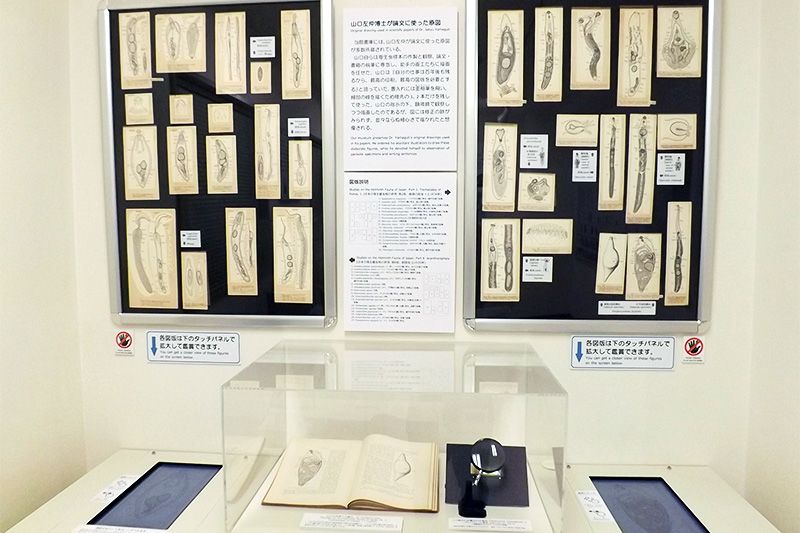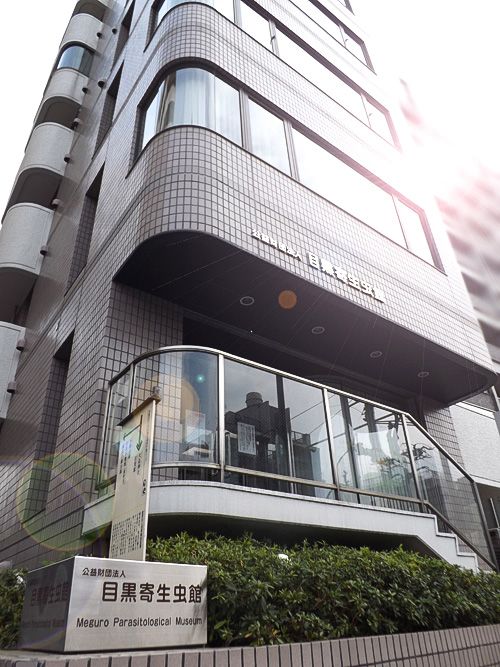
Parasites on Parade: A Tokyo Museum Showcases Our Repulsive Companions
Guideto Japan
Culture- English
- 日本語
- 简体字
- 繁體字
- Français
- Español
- العربية
- Русский
The Creatures Within Us
Small and fascinating, the Meguro Parasitological Museum has a lot in common with its exhibits. Visitors interested in the science of parasites—creatures that live on or inside a host from a different species—will find this Tokyo destination well worth the trip. Those of a more squeamish persuasion, however, may find it a little stomach-churning.
One of a handful of museums around the world that is dedicated to parasitic organisms wants visitors to embrace our fellow life-forms, not fear them. More than 50,000 people visit the museum every year, admiring hundreds of parasites that have infected people and other creatures and are stored in jars of formaldehyde—many of them truly gruesome specimens.
Among the rarest discoveries are parasites that were discovered in the body of a coelacanth, an extremely rare fish that has been described as a “living fossil.” Others are tiny creatures that bore their way into living tissue in animals, while yet more have caused gross deformities in people—and the museum displays the photos to prove it.
 Informative displays accompany the specimens in the museum’s collection.
Informative displays accompany the specimens in the museum’s collection.
Icky but Informative
The exhibits on the museum’s first floor provide a comprehensive overview of the sheer number and diversity of parasites in the natural world and their life cycles. The second floor, meanwhile, focuses on parasites that afflict humans in particular. Who knew, for example, that there are more than 200 parasites that are quite at home in the human body, although only 10% of these are truly endemic to the Homo sapiens host while the remainder are zoonotic, able to cross over from infected birds and animals?
Pride of place is given to a tape worm that grew to a length of nearly 9 meters inside the gut of a 40-year-old man who had eaten the wrong trout. Remarkably, the creature had grown from a tiny worm to that size in a mere three months.
Other attractions include much smaller creatures, such as malarial parasites and blood flukes. The museum’s research and publications cover everything and anything about the parasitic world. The reference library has some 60,000 parasite specimens, as well as 50,000 academic papers and 5,000 books on the study of parasites.
One section of the museum is given over to showcasing the ground-breaking work of parasite researchers, such as Yamaguti Satyū (1894–1976), who devoted his work to studying parasites that afflict the wild animals of Japan, as well as parasitic crustaceans. The collection includes some of his papers and research works, as well as specimens he attached to glass plates to go under his microscope.
 Research and actual specimens examined by the parasitologist Yamaguti Satyū are on display.
Research and actual specimens examined by the parasitologist Yamaguti Satyū are on display.
Educating the Public
The museum was founded in 1953 by Kamegai Satoru to educate people about the dangers of parasites that were at that time endemic in Japan. Fortunately, most of these creatures are now a distinct rarity here—although many are still prevalent in other parts of the world.
The museum is a private non-profit research facility and still has a strong emphasis on research, collecting new parasite specimens and exhibitions.
Visitors should not miss the museum shop, on the second floor, where they can purchase the perfect gift for that special someone, like a T-shirts featuring a gruesome creature design or a phone straps containing an actual parasite. Also on sale is an English-language guidebook that will help the visitor navigate the museum’s exhibits and learn much about these unwanted passengers in our bodies. Meguro Parasitological Museum
Meguro Parasitological Museum
- Address: 4-1-1 Shimomeguro, Meguro-ku, Tokyo 153-0064
- Tel.: 03-3716-1264 (for recorded information, in Japanese only)
- Web: http://www.kiseichu.org/e-top
- Open: 10:00 am to 5:00 pm, Wednesday through Sunday, but closed over the New Year holidays (When a national holiday falls on Monday or Tuesday, the museum is open and closed on the following weekday)
- Admission: Free (although donations are welcome)